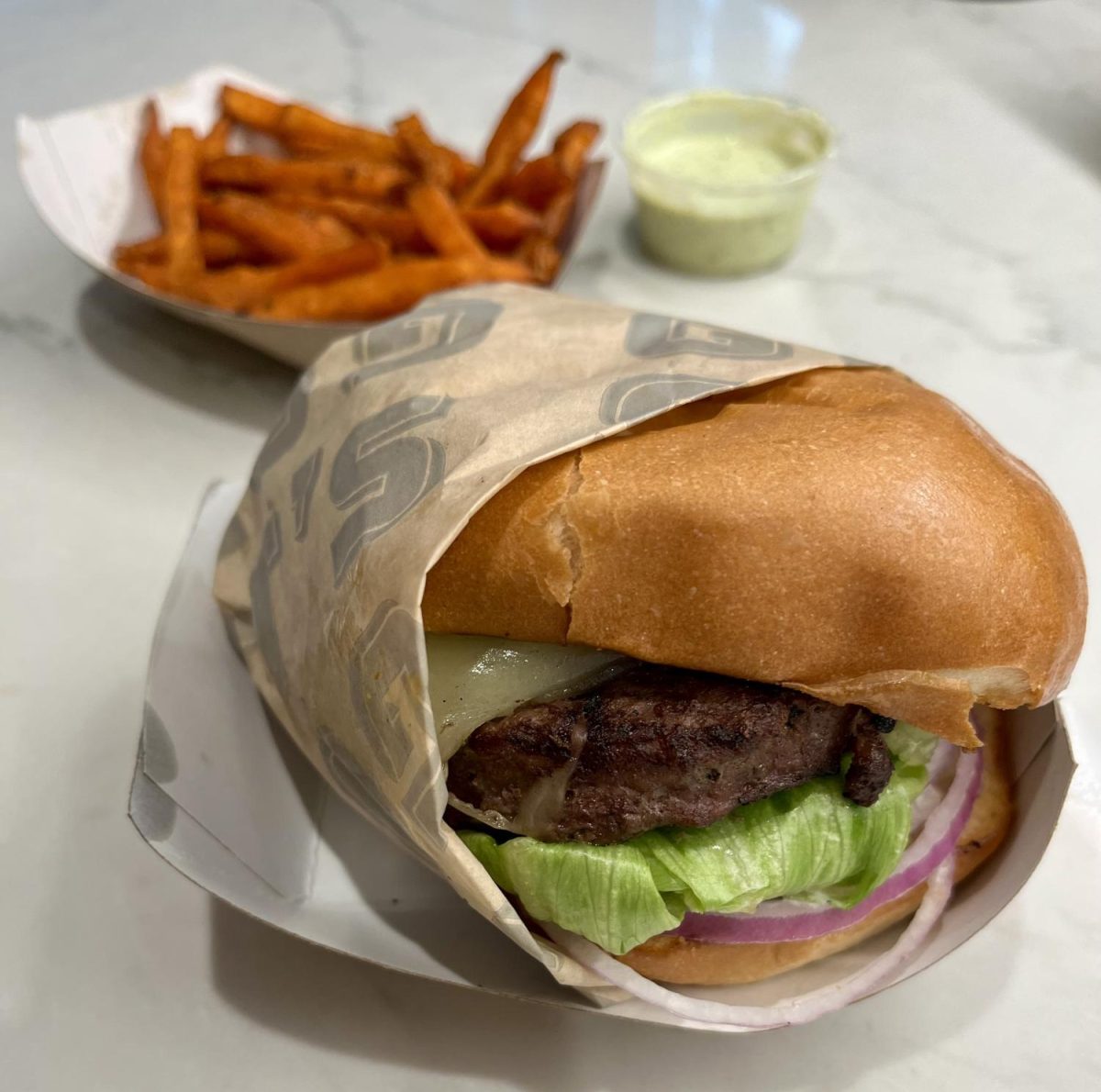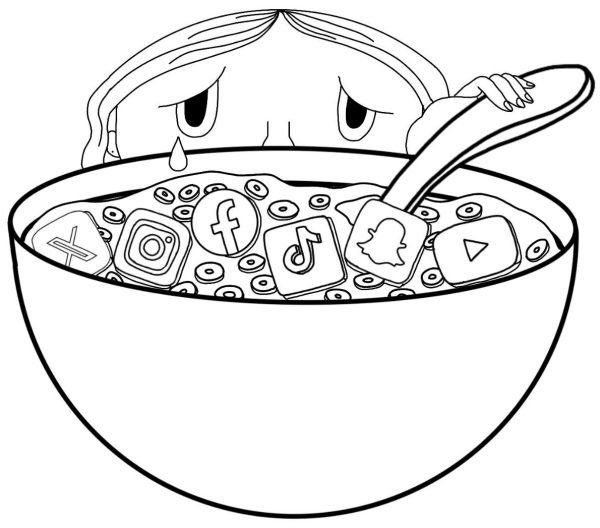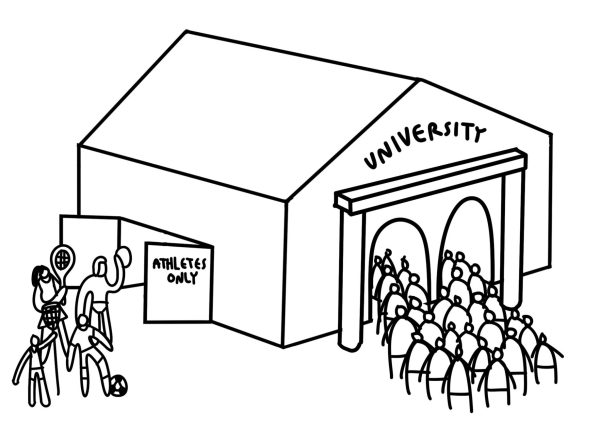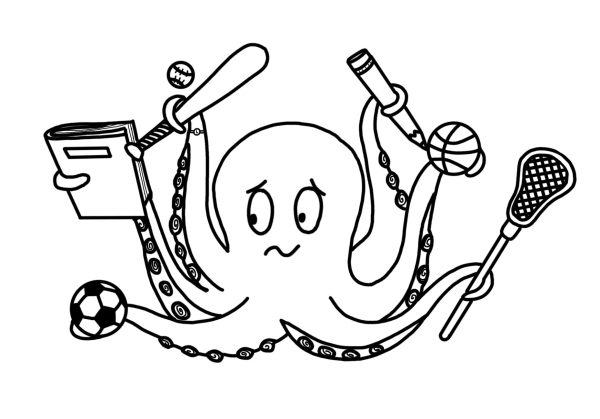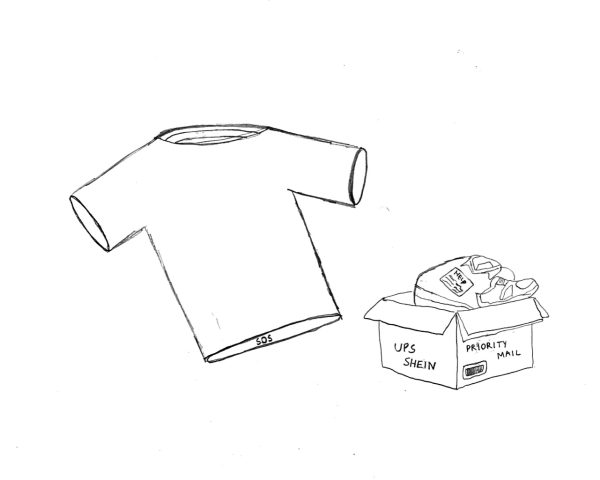It’s time to press pause on racism in comedy
February 15, 2021
 A few weeks ago, I was watching “It’s Always Sunny in Philadelphia” on Hulu when I noticed an episode was missing in season six. After a quick Google search to see why the episode was removed, I saw that it, along with several others, were taken off the show for their portrayal of white actors in brownface and blackface. Currently on season 14, FX has renewed the show for four more seasons as of December 2020. Though the last episode featuring blackface was made in 2013 — which is still shockingly recent — the lack of consequence for white creators enables them to continue profiting off of a show that has featured racist stereotypes.
A few weeks ago, I was watching “It’s Always Sunny in Philadelphia” on Hulu when I noticed an episode was missing in season six. After a quick Google search to see why the episode was removed, I saw that it, along with several others, were taken off the show for their portrayal of white actors in brownface and blackface. Currently on season 14, FX has renewed the show for four more seasons as of December 2020. Though the last episode featuring blackface was made in 2013 — which is still shockingly recent — the lack of consequence for white creators enables them to continue profiting off of a show that has featured racist stereotypes.
Many other programs in the past have also featured cultural appropriation: actors playing races different than their own and general insensitivity to other cultures. Even older movies such as “Sixteen Candles” and “Breakfast at Tiffany’s,” which many people still regard as “classics,” show overtly offensive stereotypes of Asian characters. The popularity of programs that feature these stereotypes makes many of us familiar with them and their implications; in a recent Bark survey, 80 percent of Redwood students reported having watched a TV show or movie that had a racist stereotype. Despite the fact that many mainstream streaming services have either dropped episodes of TV shows that show racist stereotypes or added contextual title cards, it remains important to hold creators of programs who are responsible for their production accountable for the lack of diversity behind-the-scenes.
One of the main contributors to this problem is the historic lack of diversity in Hollywood and mainstream media, which contributes to the absence of accountability white creators have had to deal with when criticized for racist stereotypes in their work. When Tina Fey, creator of “30 Rock,” was called out in 2020 for featuring blackface in multiple episodes of the show, Fey issued a letter to specific streaming services and called for the episodes to be taken down from the platforms. However, Fey has since faced more criticism for her portrayal of race in later shows, such as “The Unbreakable Kimmy Schmidt.” Fey’s lack of consequence in making these programs speaks to the widespread absence of accountability taken among those who have done similar things in their own work. This event is one of many that sheds light on the importance of holding creators to the words they have made in their public statements, and makes it clear that viewers need to start seeing creators in light of their actions as they move on to new productions.
If there was greater diversity during the production of TV shows and movies, there would be a greater understanding of how to approach showing racism on the screen — whether the intent be critical or simply comedic. The lack of diversity present in so much of the media in recent years is exemplified by the workplace at the Columbia Broadcasting Network (CBS). In 2019, Whitney Davis, a former executive at CBS, said in an article for Variety that CBS’s top-level executives — including those in creative departments — were primarily white. Davis stated that in the almost fifteen years she worked at CBS, there were no black creative executives working there, which includes work in departments such as casting, production and content development. Data from a 2020 Hollywood Diversity Report from the University of California, Los Angeles (UCLA) showed that only 13.9 percent of film writers and nine percent of studio heads are people of color.
Despite the issue with diversity contributing to racism on screen, some of the shows that have been criticized for having blackface or other stereotypes have argued that they have actually been trying to challenge the unironic use of the stereotypes themselves or claim that they refer to something unrelated or non-offensive. One case of this was when a highly-rated episode of “Community” was pulled from Netflix for Ken Jeong’s use of makeup resembling blackface. Though the makeup itself was not portraying the actual stereotype, the character was rightfully called out for his ignorance in wearing it at all. In “It’s Always Sunny in Philadelphia,” the main premise is to find humor in the moral depravity of the core group of characters, which has been used to try to justify the use of blackface and other racial stereotyping in the show. However, regardless of these shows’ intent in displaying blackface, there is no reasonable explanation for why it was needed as a plotline, especially when the cast and crew of both of these shows are mostly white.
Though streaming services are taking down specific episodes that include racist stereotypes, viewers should actively find out who is behind the content they watch and ask themselves if they can condone the creators’ past actions enough to support their new work. With a better-informed audience, problematic creators could potentially see a drop in viewership and be able to reflect on what they’ve done. Questioning the creators of popular media is the first step in creating more diversity in the industry.



